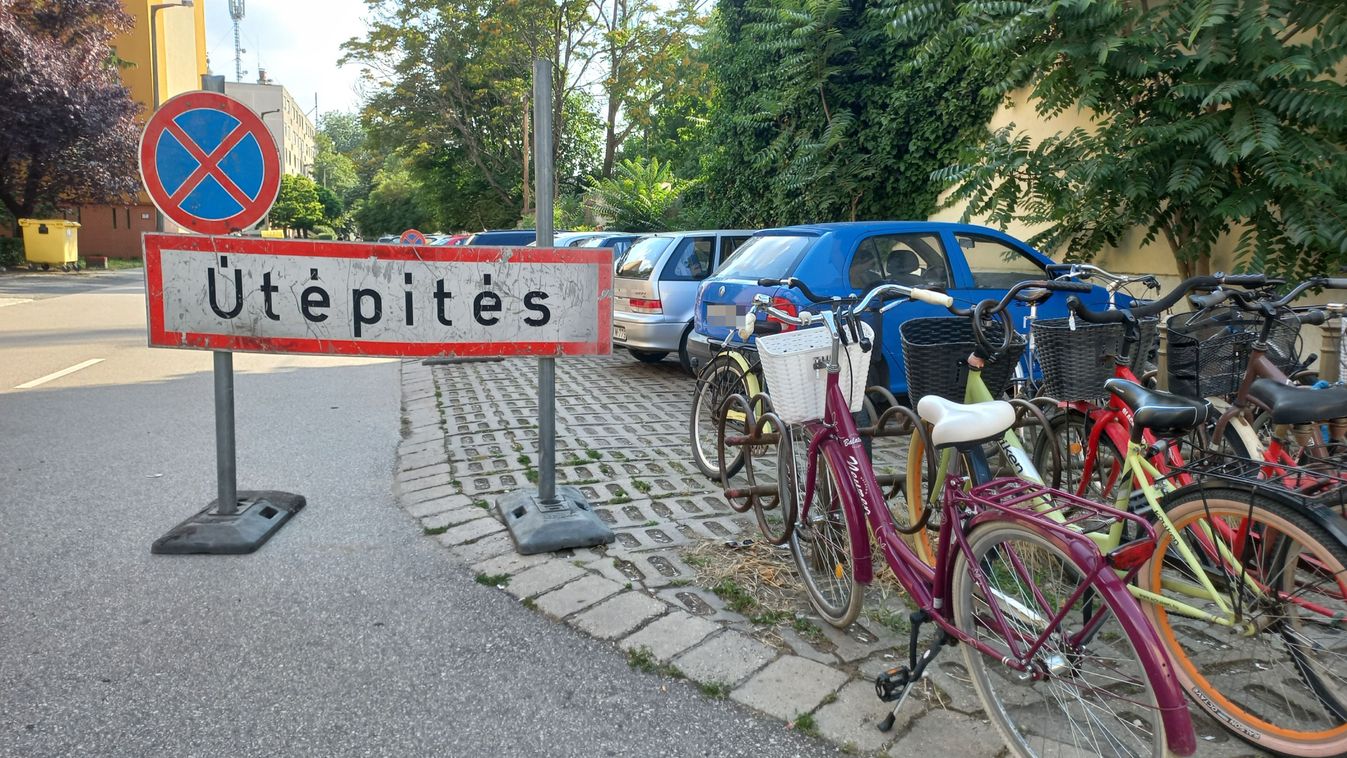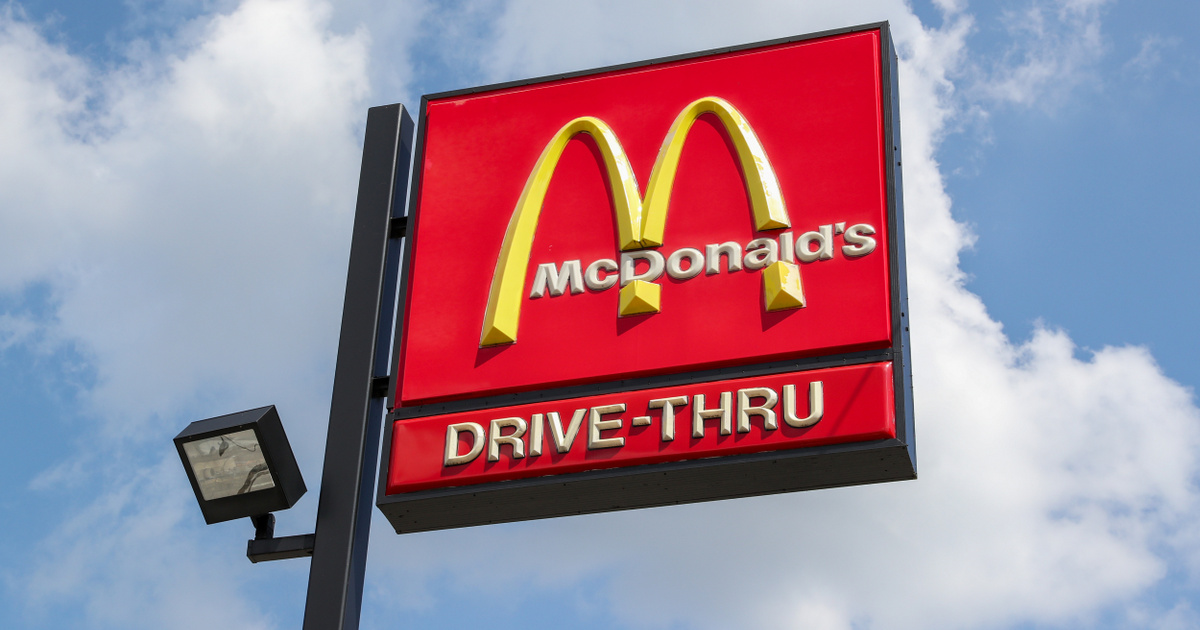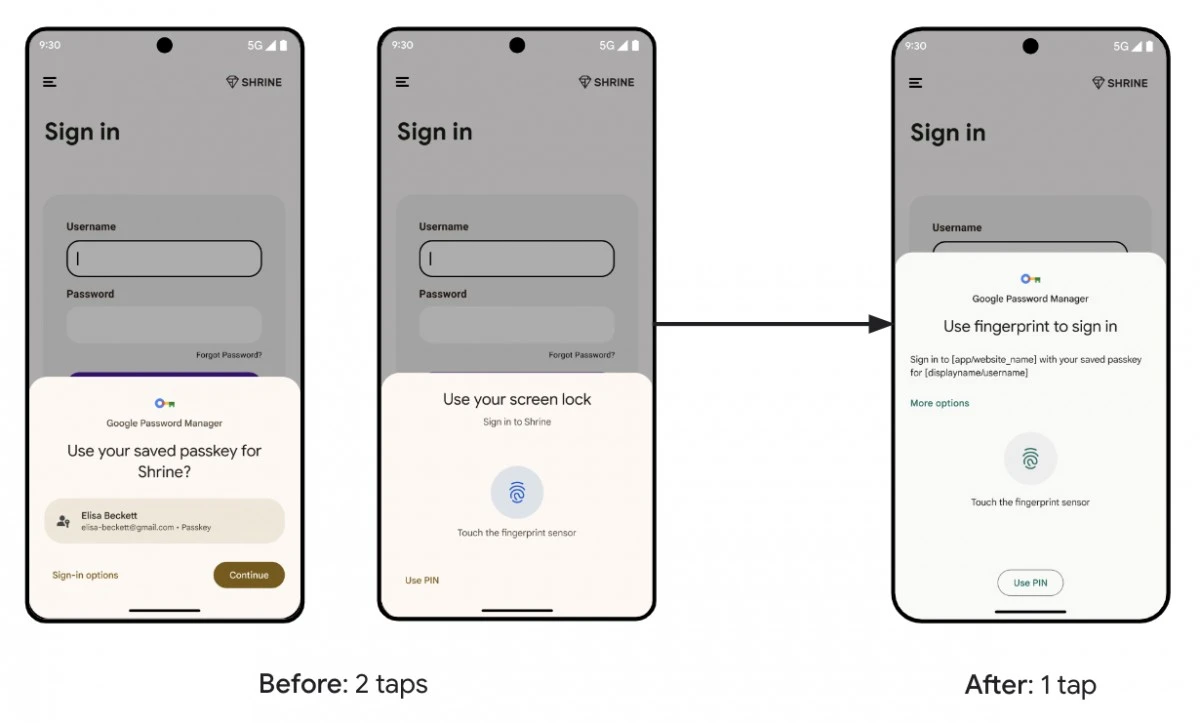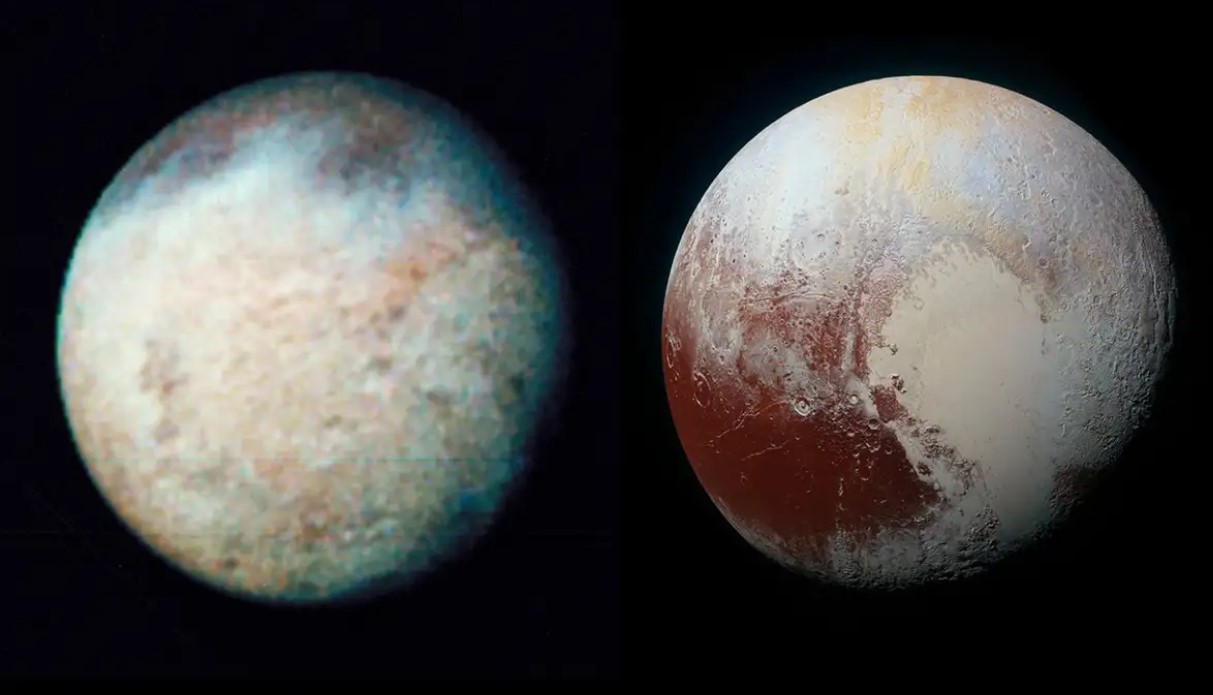[{“available”:true,”c_guid”:”7edcf3fd-8c9a-4db0-b0fd-3ed699531408″,”c_author”:”HVG”,”category”:”360″,”description”:”Jó lenne, ha a következő pandémia nem érné annyira felkészületlenül a világot, mint a mostani. Ezzel a céllal hozták létre az Egészségügyi Világszervezet (WHO) előrejelző központját Berlinben. “,”shortLead”:”Jó lenne, ha a következő pandémia nem érné annyira felkészületlenül a világot, mint a mostani. Ezzel a céllal hozták…”,”id”:”202138_jarvanyelorejelzes_varhato_virusjaras”,”image”:”https://img2.hvg.hu/image.aspx?id=7edcf3fd-8c9a-4db0-b0fd-3ed699531408&view=ffdb5e3a-e632-4abc-b367-3d9b3bb5573b”,”index”:0,”item”:”3a3fef5b-d1e7-494f-95d8-a14478cf9867″,”keywords”:null,”link”:”/360/202138_jarvanyelorejelzes_varhato_virusjaras”,”timestamp”:”2021. szeptember. 25. 11:10″,”title”:”Új WHO-központ nyílt Berlinben: mi lesz a várható vírusjárás?”,”trackingCode”:”RELATED”,”c_isbrandchannel”:false,”c_isbrandcontent”:false,”c_isbrandstory”:false,”c_isbrandcontentorbrandstory”:false,”c_isbranded”:false,”c_ishvg360article”:true,”c_partnername”:null,”c_partnerlogo”:”00000000-0000-0000-0000-000000000000″,”c_partnertag”:null},{“available”:true,”c_guid”:”e2187cac-54f1-46f9-ab59-c1c7318cc363″,”c_author”:”BI – NR”,”category”:”kultura”,”description”:”Harminc éve, 1991. szeptember 24-én jelent meg a Nevermind című Nirvana-album, amely nem csak néhány évre formálta át a zenei teret, hanem alapvetően változtatta meg. És nem csupán zenei ereje volt, hanem a világhoz való viszonyt formálta át a három tornacipős, szakadt pulcsis seattle-i fiatal.rnrn”,”shortLead”:”Harminc éve, 1991. szeptember 24-én jelent meg a Nevermind című Nirvana-album, amely nem csak néhány évre formálta át…”,”id”:”20210924_Nirvana_Nevermind_30″,”image”:”https://img2.hvg.hu/image.aspx?id=e2187cac-54f1-46f9-ab59-c1c7318cc363&view=ffdb5e3a-e632-4abc-b367-3d9b3bb5573b”,”index”:0,”item”:”17fc01d0-dd87-421a-9899-10cda5e3487e”,”keywords”:null,”link”:”/kultura/20210924_Nirvana_Nevermind_30″,”timestamp”:”2021. szeptember. 24. 12:09″,”title”:”„Menjek haza, ezt hallgassam meg, és örökre megváltozik az életem””,”trackingCode”:”RELATED”,”c_isbrandchannel”:false,”c_isbrandcontent”:false,”c_isbrandstory”:false,”c_isbrandcontentorbrandstory”:false,”c_isbranded”:false,”c_ishvg360article”:false,”c_partnername”:null,”c_partnerlogo”:”00000000-0000-0000-0000-000000000000″,”c_partnertag”:null},{“available”:true,”c_guid”:”87725ed3-6069-4695-b640-3b739b22cb79″,”c_author”:”hvg.hu”,”category”:”kkv”,”description”:”Közel 300 olyan település van az országban, ahol nem működik semmilyen kiskereskedelmi egység.”,”shortLead”:”Közel 300 olyan település van az országban, ahol nem működik semmilyen kiskereskedelmi egység.”,”id”:”20210925_Tizennyolcezer_kisbolt_tunt_el_ot_ev_alatt”,”image”:”https://img2.hvg.hu/image.aspx?id=87725ed3-6069-4695-b640-3b739b22cb79&view=ffdb5e3a-e632-4abc-b367-3d9b3bb5573b”,”index”:0,”item”:”b70faddb-3fda-4b8a-aa19-96f77137f072″,”keywords”:null,”link”:”/kkv/20210925_Tizennyolcezer_kisbolt_tunt_el_ot_ev_alatt”,”timestamp”:”2021. szeptember. 25. 14:45″,”title”:”Tizennyolcezer kisbolt tűnt el öt év alatt”,”trackingCode”:”RELATED”,”c_isbrandchannel”:false,”c_isbrandcontent”:false,”c_isbrandstory”:false,”c_isbrandcontentorbrandstory”:false,”c_isbranded”:false,”c_ishvg360article”:false,”c_partnername”:null,”c_partnerlogo”:”00000000-0000-0000-0000-000000000000″,”c_partnertag”:null},{“available”:true,”c_guid”:”0d30f0a7-639f-4a03-bc52-b4b8cf4cb703″,”c_author”:”hvg.hu”,”category”:”tudomany”,”description”:”A Magyar Elektrotechnikai Egyesület (MEE) 67. Vándorgyűlésének központi témáját a villamosenergia-szektor alkalmazkodóképessége és annak műszaki, gazdasági és humán oldalának kihívásai adták, továbbá a rohamosan növekvő számú napelemek hálózatra gyakorolt hatása.”,”shortLead”:”A Magyar Elektrotechnikai Egyesület (MEE) 67. Vándorgyűlésének központi témáját a villamosenergia-szektor…”,”id”:”20210923_mme_67_vandorgyules_napelem_hmke_halozat_reziliencia”,”image”:”https://img2.hvg.hu/image.aspx?id=0d30f0a7-639f-4a03-bc52-b4b8cf4cb703&view=ffdb5e3a-e632-4abc-b367-3d9b3bb5573b”,”index”:0,”item”:”d1958032-3559-4e26-aab5-c6d34b9dca9f”,”keywords”:null,”link”:”/tudomany/20210923_mme_67_vandorgyules_napelem_hmke_halozat_reziliencia”,”timestamp”:”2021. szeptember. 23. 21:03″,”title”:”Túl gyors a napelem-boom? Alig győzi a magyar hálózat”,”trackingCode”:”RELATED”,”c_isbrandchannel”:false,”c_isbrandcontent”:false,”c_isbrandstory”:false,”c_isbrandcontentorbrandstory”:false,”c_isbranded”:false,”c_ishvg360article”:false,”c_partnername”:null,”c_partnerlogo”:”00000000-0000-0000-0000-000000000000″,”c_partnertag”:null},{“available”:true,”c_guid”:”7114005a-01a5-4e36-b4c2-1c1be0f049bd”,”c_author”:”HVG360″,”category”:”360″,”description”:”Világszinten válságban van az oktatás, a magyar iskolákban pedig sok területen még a globális trendeknél is mostohább folyamatok láthatók. Ez azonban nem maradhat így, mert a gazdaság összeomlik, ezért ez ki fogja kényszeríteni a változást – derül ki a Bárdos András vezette A kérdés című beszélgetésműsor első adásából, amelyben Csapó Benő oktatáskutató és Mérő László matematikus-pszichológus volt a vendége.”,”shortLead”:”Világszinten válságban van az oktatás, a magyar iskolákban pedig sok területen még a globális trendeknél is mostohább…”,”id”:”20210924_A_kerdes__Bardos_Andrassal_Meddig_mukodokepes_igy_az_iskola”,”image”:”https://img2.hvg.hu/image.aspx?id=7114005a-01a5-4e36-b4c2-1c1be0f049bd&view=ffdb5e3a-e632-4abc-b367-3d9b3bb5573b”,”index”:0,”item”:”68dcd48e-5a30-4ddc-848b-bee3fcf1f82c”,”keywords”:null,”link”:”/360/20210924_A_kerdes__Bardos_Andrassal_Meddig_mukodokepes_igy_az_iskola”,”timestamp”:”2021. szeptember. 24. 11:00″,”title”:”A kérdés – Bárdos Andrással: Meddig működőképes így az iskola?”,”trackingCode”:”RELATED”,”c_isbrandchannel”:false,”c_isbrandcontent”:false,”c_isbrandstory”:false,”c_isbrandcontentorbrandstory”:false,”c_isbranded”:false,”c_ishvg360article”:true,”c_partnername”:null,”c_partnerlogo”:”00000000-0000-0000-0000-000000000000″,”c_partnertag”:null},{“available”:true,”c_guid”:”208c37ea-08f5-4147-8140-01c74ba59dc5″,”c_author”:”Illényi Balázs”,”category”:”360″,”description”:”Egyre idősebb korban érkeznek a Nobel-díjak, de a bizottságnak több oka lehet, hogy várjon a nagy tudományos teljesítmények elismerésével. Az esélylatolgatásban szempont az is, hogy eddig ritkán díjaztak nőket és védőoltás-kutatásokat. n”,”shortLead”:”Egyre idősebb korban érkeznek a Nobel-díjak, de a bizottságnak több oka lehet, hogy várjon a nagy tudományos…”,”id”:”20210925_Kariko_Katalin_Nobeldij_eselyek”,”image”:”https://img2.hvg.hu/image.aspx?id=208c37ea-08f5-4147-8140-01c74ba59dc5&view=ffdb5e3a-e632-4abc-b367-3d9b3bb5573b”,”index”:0,”item”:”50721ec8-cfd9-4959-88f4-b7aec3a8cf25″,”keywords”:null,”link”:”/360/20210925_Kariko_Katalin_Nobeldij_eselyek”,”timestamp”:”2021. szeptember. 25. 13:30″,”title”:”Karikó Katalin Nobel-díjat kaphat – de ha mégse, azt is meg tudjuk magyarázni”,”trackingCode”:”RELATED”,”c_isbrandchannel”:false,”c_isbrandcontent”:false,”c_isbrandstory”:false,”c_isbrandcontentorbrandstory”:false,”c_isbranded”:false,”c_ishvg360article”:true,”c_partnername”:null,”c_partnerlogo”:”00000000-0000-0000-0000-000000000000″,”c_partnertag”:null},{“available”:true,”c_guid”:”6770a9d7-6600-444a-8f88-0863983aa999″,”c_author”:”hvg.hu”,”category”:”vilag”,”description”:”Brüsszelben küzd az afgán nők jogaiért egy újságíróból lett aktivista, aki korábban maga is politikai menekültként érkezett Európába. rnLailuma Sadid legutóbb egyenesen a NATO főtitkárától kérte, hogy mentse meg nőtársait a táliboktól. A Deutsche Welle riportja.rn”,”shortLead”:”Brüsszelben küzd az afgán nők jogaiért egy újságíróból lett aktivista, aki korábban maga is politikai menekültként…”,”id”:”20210925_Brusszelben_kuzd_az_afgan_nok_jogaiert_egy_ujsagirobol_lett_aktivista”,”image”:”https://img2.hvg.hu/image.aspx?id=6770a9d7-6600-444a-8f88-0863983aa999&view=ffdb5e3a-e632-4abc-b367-3d9b3bb5573b”,”index”:0,”item”:”ef773ff7-590b-4093-9f86-fdcf9bd57e3e”,”keywords”:null,”link”:”/vilag/20210925_Brusszelben_kuzd_az_afgan_nok_jogaiert_egy_ujsagirobol_lett_aktivista”,”timestamp”:”2021. szeptember. 25. 15:27″,”title”:”Menekültből az afgán nőkért küzdő aktivista lett egy újságíró – videó”,”trackingCode”:”RELATED”,”c_isbrandchannel”:false,”c_isbrandcontent”:false,”c_isbrandstory”:false,”c_isbrandcontentorbrandstory”:false,”c_isbranded”:false,”c_ishvg360article”:false,”c_partnername”:null,”c_partnerlogo”:”00000000-0000-0000-0000-000000000000″,”c_partnertag”:null},{“available”:true,”c_guid”:”6a922614-7492-4d33-84e3-74813aec3f01″,”c_author”:”hvg.hu”,”category”:”cegauto”,”description”:”Szupersportkocsikat megszégyenítő teljesítményt kapott a stuttgarti gyártó méretes szedánja.”,”shortLead”:”Szupersportkocsikat megszégyenítő teljesítményt kapott a stuttgarti gyártó méretes szedánja.”,”id”:”20210924_egesz_pontosan_809_loeros_ez_az_uj_eosztalyos_mercedes”,”image”:”https://img2.hvg.hu/image.aspx?id=6a922614-7492-4d33-84e3-74813aec3f01&view=ffdb5e3a-e632-4abc-b367-3d9b3bb5573b”,”index”:0,”item”:”e1f480ec-91c9-4b8b-adf9-b623fdd4025e”,”keywords”:null,”link”:”/cegauto/20210924_egesz_pontosan_809_loeros_ez_az_uj_eosztalyos_mercedes”,”timestamp”:”2021. szeptember. 24. 07:59″,”title”:”Egész pontosan 809 lóerős ez az új E-osztályos Mercedes”,”trackingCode”:”RELATED”,”c_isbrandchannel”:false,”c_isbrandcontent”:false,”c_isbrandstory”:false,”c_isbrandcontentorbrandstory”:false,”c_isbranded”:false,”c_ishvg360article”:false,”c_partnername”:null,”c_partnerlogo”:”00000000-0000-0000-0000-000000000000″,”c_partnertag”:null}]

The number of editorial boards independent of power is steadily declining, and those that do still exist are trying to stay afloat under growing headwinds. At HVG, we persevere and never give in to pressure, bringing local and international news every day.
That’s why we ask you, our readers, to support us! We promise to continue to give you the best we can!
Recommended from the first page

Balázs Illényi
hvg360

Was Clara Dobrev really the most persuasive?


















































